SWIM TO RUN, RUN TO SWIM: IF NAVY SEALS CAN DO IT, WHY NOT YOU?
In one of my previous posts, I discussed how adding another sport as an alternative to swimming is beneficial, not only for your health, but also for improving your swimming.
To make the point even stronger, listen to what Aaron has to say about the cross-training of running and swimming. This is a guest post by Aaron O'Connor who runs, writes, and is an amateur fitness trainer in Washington state in the USA.
Quick Jump To:
- Why Runners Should Swim (and Swimmers Should Run)
- How Running Strengthens Swimming Performance
- Scientific Insights from Coach Ernest Maglischo
- The Navy SEAL Training Example
- How to Apply Cross-Training to Your Routine
- FAQ
Why Runners Should Swim (and Swimmers Should Run)
Enter Aaron O'Connor:
Maintaining a healthy lifestyle goes far beyond daily exercise. It is a routine, a culture that demands a balanced diet and psychological stabilization in addition to physical workouts.
Unfortunately, many people today overwork and damage their muscles by working out too frequently or by doing a repetitive task at work without taking a break.
A well-studied way to prevent this from happening is to alternate your routines, especially when it comes to cardiovascular exercises like swimming and running.
How Running Strengthens Swimming Performance

In fact, running can actually improve your swimming dramatically.
The best treadmill reviews will tell you that running isn't something you should take lightly. It requires a proper technique and proper footwear to get the most out of your exercise.
While running is definitely considered a total-body workout, it strengthens leg power above all else and leg power happens to be absolutely essential to a great swimming experience.
Many people believe that swimming demands only on a strong upper body, but a person with Schwarzenegger biceps (Note from 360swim blog: see the Arnie Swim Type) wouldn't get anywhere in the water if he/she didn't have a powerful and efficient kick.
Swimming requires a successful combination of two actions: pulling and kicking.
The pulling action strengthens your chest and back muscles, while your hips, groin, and legs provide kinetic, propulsive power in the water.
It makes sense, then, that having stronger legs is linked to more efficient swimming.
Some experts consider the coupling of swimming and running to be one of the most effective cross-training exercises for athletes. Both routines are cardiovascular exercises that improve endurance, recovery and core strength.
For runners, swimming actually takes the pressure off overworked joints, especially those in the knees, while strengthening total muscle mass.
For swimmers, on the other hand, running adds muscles to the legs while balancing the act of running with a strong upper body workout.
Done cyclically, these two exercises completely work almost all of the major muscles in your body.
Runners and swimmers have a very similar body type when it comes to muscles: lean, but with no bulk.
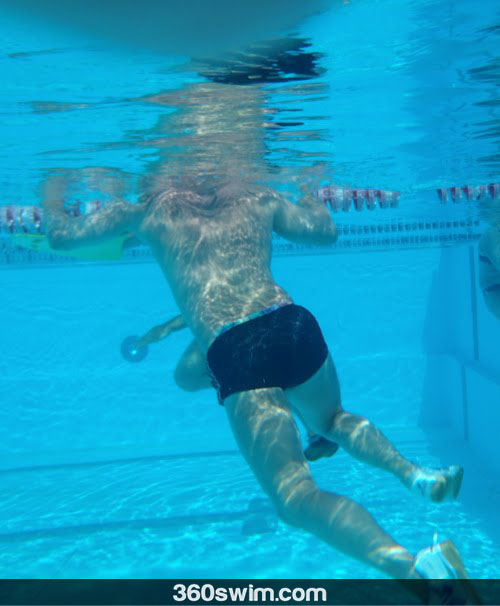
Scientific Insights from Coach Ernest Maglischo
In a book called "Swimming Fastest", Ernest W. Maglischo (one of the most successful swimming coaches in history) advocates including running exercise in a workout routine in order to improve swimming, arguing that endurance is greatly lengthened by adding running to a workout regimen.
He states that running will train circulatory and respiratory systems to "improve cardiac output, stroke volume, tidal volume, and pulmonary diffusing capacity." This ultimately improves oxygen delivery during swimming, according to Maglischo.
(Note from 360swim Blog: In laymen terms, running makes your heart more efficient and effective at what it does best, pumping blood throughout your body to keep the oxygen supply at a good level).
Maglischo also states that running improves muscle adaptation in the legs with "increased capillarization, better blood shunting and increased size of the mitochondria."
All of these improvements generally lead to better circulation, greater, more efficient breathing and have a dramatic impact on the overall experience of swimming. In general, workouts in the gym that include running improve swim times.
Power training increases speed in swimming by building resistance and running improves endurance, which a wide array of observations from professional coaches supports.
The Navy SEAL Training Example
The Navy Seal workout routine, which is an acclaimed system for generating top-notch performance in these military professionals, is built upon the principle that strong swimmers are stronger runners.
During the first week of this program, trainees are expected to run six miles a week, with 15 minutes of continuous swimming each day.
In addition to this activity, trainees are also expected to do sets of push-ups to strengthen their core, as well as pull-ups to generate a balanced upper-body workout.
Does it surprise you that during the first week the amount of swimming done overall seems comparable to the amount of running? Navy Seals physical trainers obviously realize the benefits of this cross training.
By the ninth week of the Navy Seals training program, trainees are swimming for 35 continuous minutes every day and running sixteen miles per week.
This is an extraordinary amount of physical activity in a span of just seven days, and yet the body is able to endure these rigorous workouts because the prior routines focused on developing all muscle groups.
How to Apply Cross-Training to Your Routine

Ultimately it's hard to ignore the macroscopic benefits that running and land training have on our ability to move in the water.
If you're interested in examining how the running and physical exercises portion out over nine weeks and beyond, you can look through a more detailed layout of the Navy Seals workout regimen.
Likewise, an average person who doesn't want to be a Navy Seal can take valuable insight away from this acclaimed exercise plan.
Scale these activities down to levels that work for you, there's no doubt that over time you will recognize how much running improves your swimming and vice versa.
As more people continue to realize the importance of cross-training in running and swimming, more comprehensive information will become available to the public to make informed decisions on what routines are right for them.
In general, if you have access to a physical trainer then it's recommended that you consult them for advice on how to create workouts that are right for your physical build and goals.
Always put your safety first and now go out there and start running.
Frequently Asked Questions
Can running really make me a better swimmer?
Yes. Running boosts cardiovascular endurance, strengthens leg power, and improves oxygen efficiency - all of which help you swim longer and stronger with better body control.
How does swimming benefit runners?
Swimming relieves pressure on overworked joints, improves recovery, and strengthens the upper body and core. It's a great way for runners to stay fit while avoiding impact stress.
Is it safe to mix swimming and running on the same day?
Yes, but balance intensity and rest. Many triathletes and Navy SEALs combine both safely. Alternate hard and light sessions, and focus on recovery to avoid overtraining.
Do I need to run long distances to see results in swimming?
Not necessarily. Even short runs improve circulation, stamina, and leg strength. Consistency matters more than distance. Start with a few kilometers and build up gradually.
Why do Navy SEALs train with both running and swimming?
Their program builds total-body endurance and balance. Running boosts cardiovascular and leg strength, while swimming develops breathing control and upper-body coordination.
What type of running is best for swimmers?
Steady aerobic runs and short intervals both help. Long runs build endurance, while sprints mimic the explosive effort needed in starts, turns, and powerful kicks.
Should I consult a coach before starting a swim-run routine?
Yes, especially if you’re new to either sport or have joint issues. A coach or trainer can help you design a balanced program that prevents overuse injuries and improves results safely.
 LNURL1DP68GURN8GHJ7URP0YHRXD3SWDMKJMFWVDHK6TMVDE6HYMRS9A4HSCNCWFXSH3NN0H
LNURL1DP68GURN8GHJ7URP0YHRXD3SWDMKJMFWVDHK6TMVDE6HYMRS9A4HSCNCWFXSH3NN0H


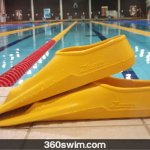


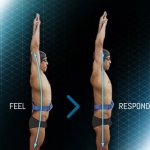


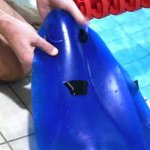


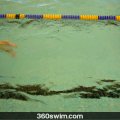
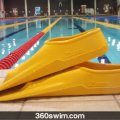
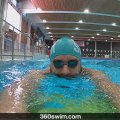

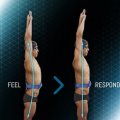


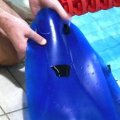

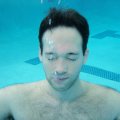
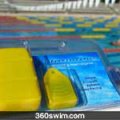


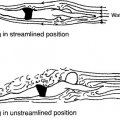

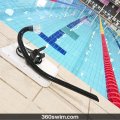
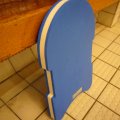



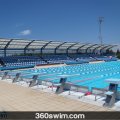

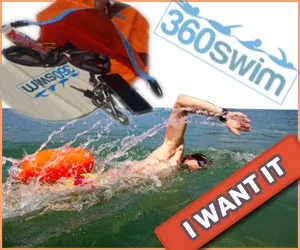

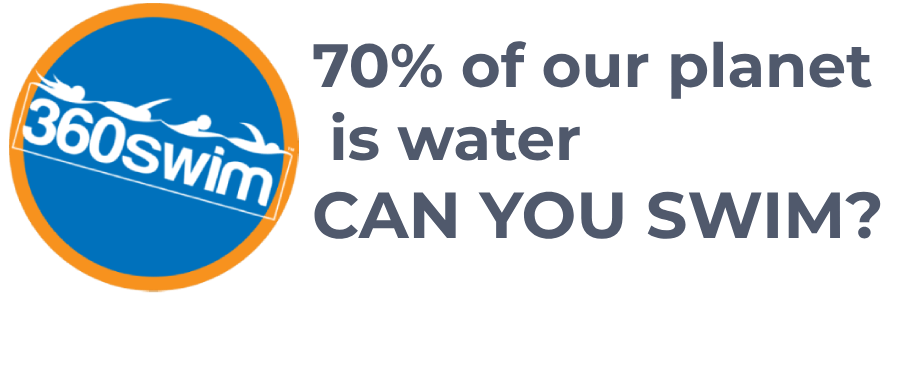

Comments (3)
you have mentioned that many people today overwork and damage their muscles by working out too frequently or by doing a repetitive task at work without taking a break and I totaly agree with you. this same situation happened to me when I started go to gym everyday and workout really hard and without anyone to help me with my lifts until I got injured with my wrist which made me stop training for a long time.
this was really a lesson learned.
thanks Aaron for this nice articel.
Laith
visit me at sole f80 treadmill best price